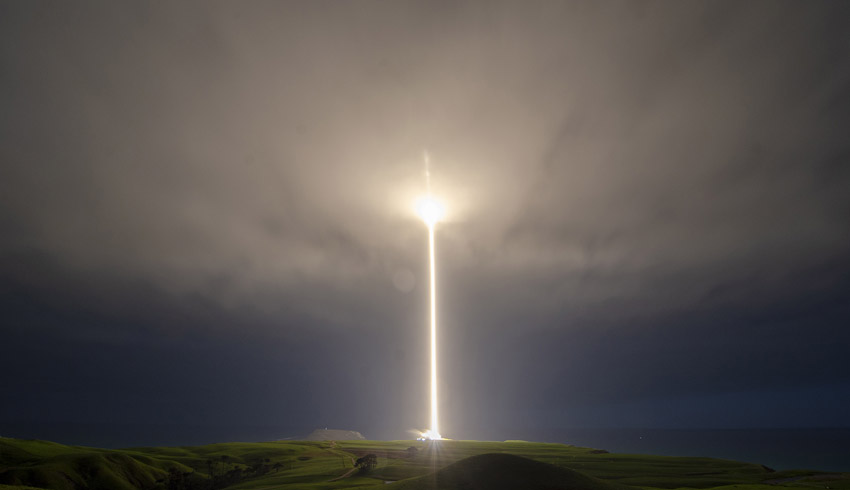After being the first French new space start-up to successfully launch its first satellite, BRO-1 in August 2019, which has been technically and commercially operational since then, the launch of BRO-2 and BRO-3 marks the beginning of the deployment of the Unseenlabs constellation, which will comprise between 20 and 25 nano-satellites by 2025.
Created in 2015 by brothers Clement and Jonathan Galic, both aerospace engineers (Airbus Space Division, Atos), Unseenlabs has become in five years the European leader in the geolocation of ships (cargo, tanker, container carrier, commercial ships, fishing boats) at sea.
Given the increase in commercial traffic, the stakes involved in protecting the oceans, or the fight against illegal fishing, knowing precisely and in real time the activities at sea is becoming more and more necessary. Thanks to its proprietary on-board technology based on the identification of electromagnetic waves emitted by ships, Unseenlabs is able to geolocate from space, any ship at sea, in near-real time, to the nearest kilometre.
Jonathan Galic, co-founder and chief technology officer of Unseenlabs, explained, "We are the only company to have developed a system that works with a single satellite, for an unequalled level of geolocation accuracy."
Unseenlabs' technology is the only one today that allows to geolocate a ship so precisely and quickly from a single nano-satellite. With the launch of BRO-2 and BRO-3, the Unseenlabs constellation will now include three satellites. Each one will be a different measurement point, allowing to monitor three different areas of interest simultaneously. The objective over the next five years is to create a constellation of 20 to 25 nanosatellites, which will make it possible to increase the system's responsiveness and the speed at which ships can be tracked.
"In concrete terms, this means that our constellation's performance is multiplied with each new launch: with two additional nanosatellites in orbit, we will have the best revisit time available on the market for radio frequency detection from space," Galic added.
Clément Galic, co-founder and CEO of Unseenlab, expanded on these comments, adding, "The launch of the BRO-1 mission in August 2019 was a success both technologically and commercially, putting Unseenlabs on the growth trajectory we had anticipated. Today, we are ahead of our 2021 commercial pipeline."
Marketed since January 2020, the Unseenlabs service is gaining in identification accuracy with each satellite launch.
"The deployment of these two new satellites is the second step in the creation of our constellation, which will have between 20 and 25 nanosatellites in 2025, with a 20 times higher turnover objective," Clément said.

